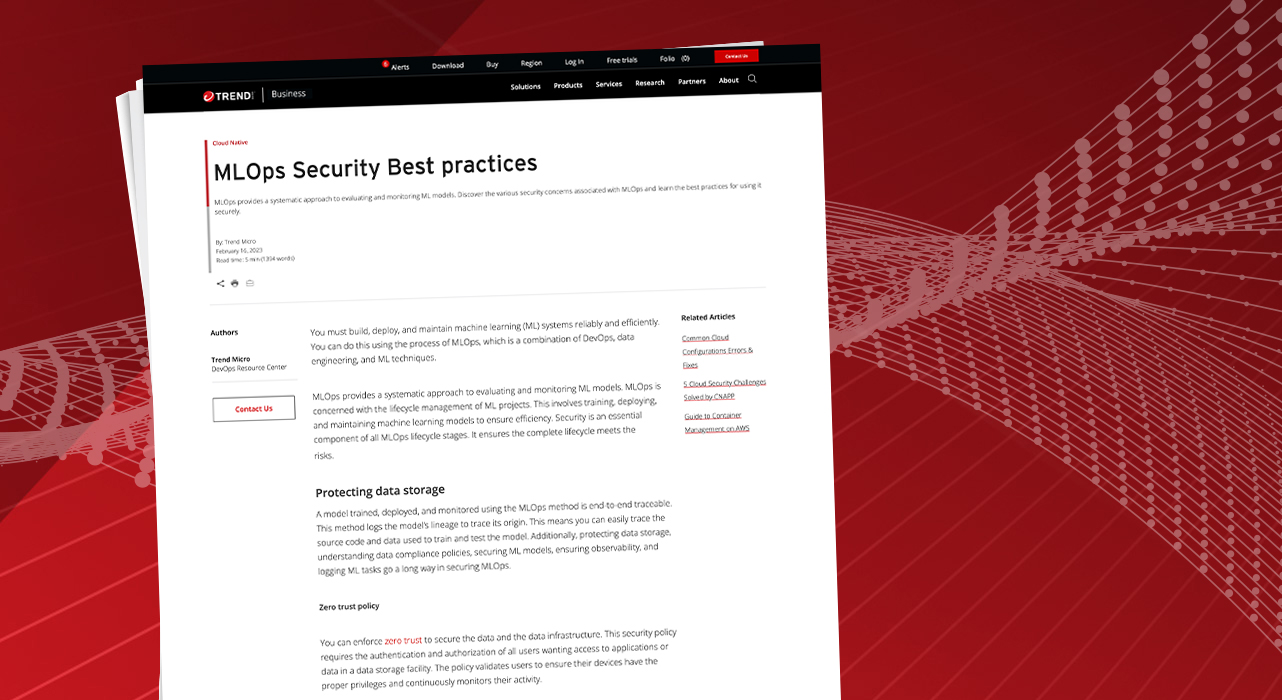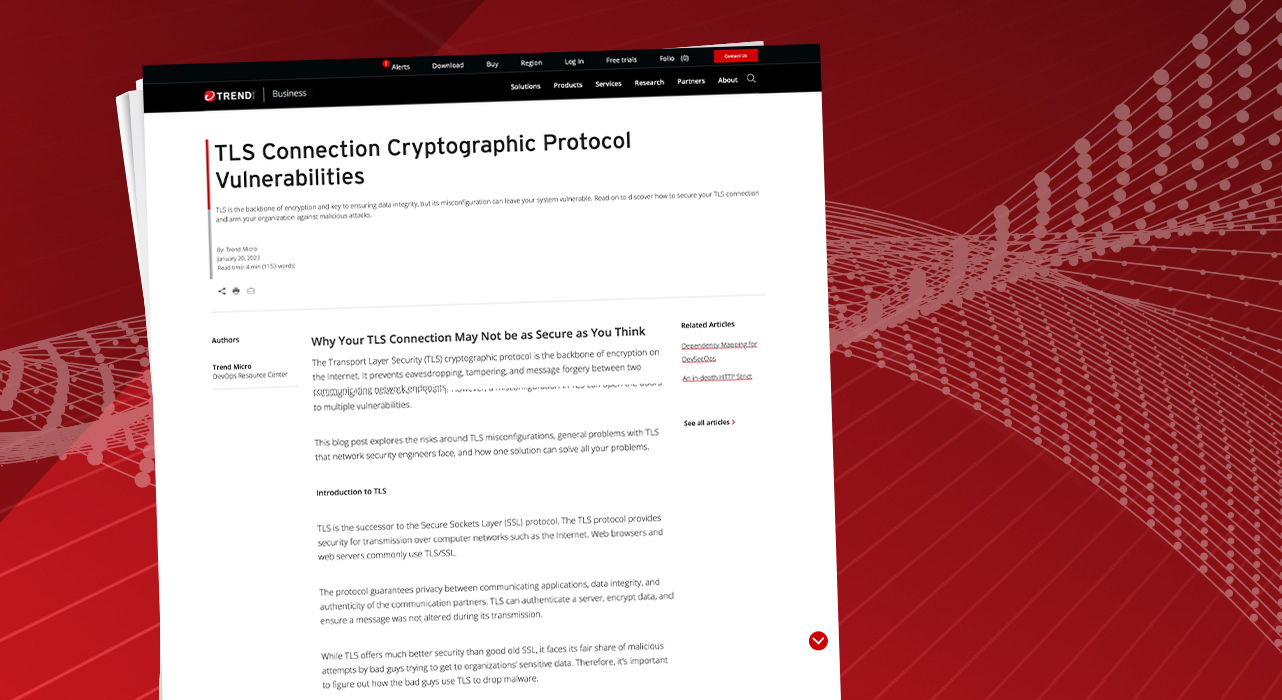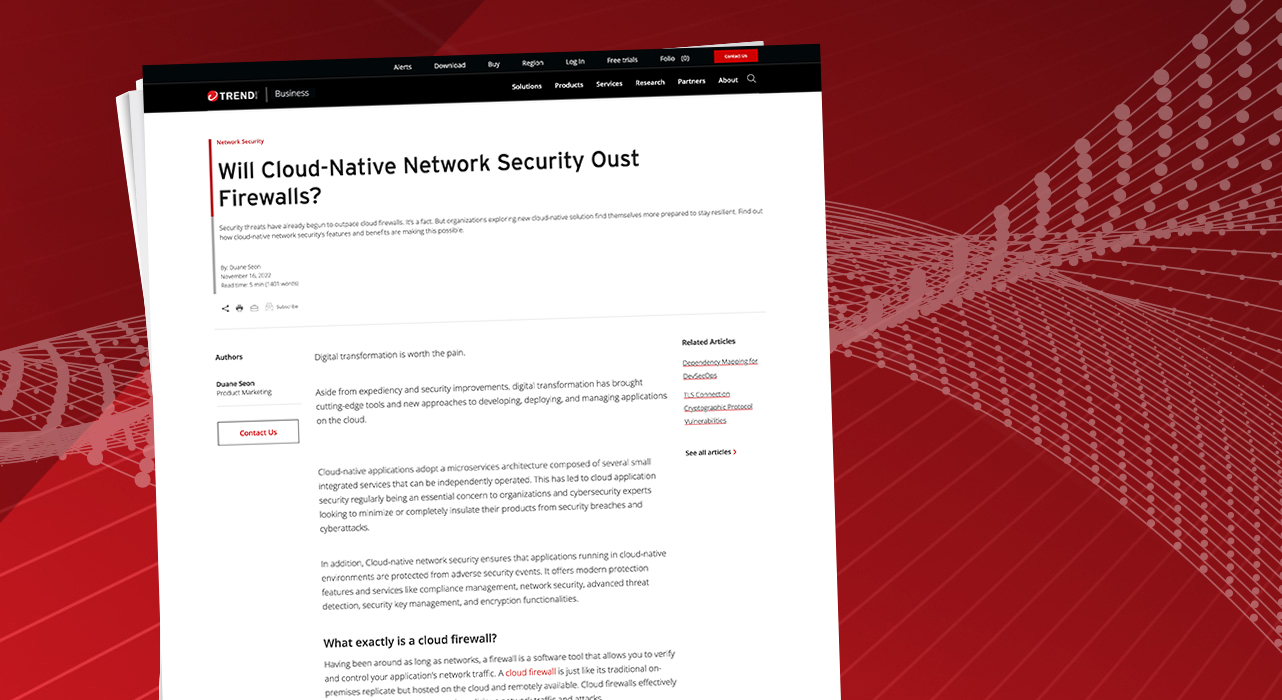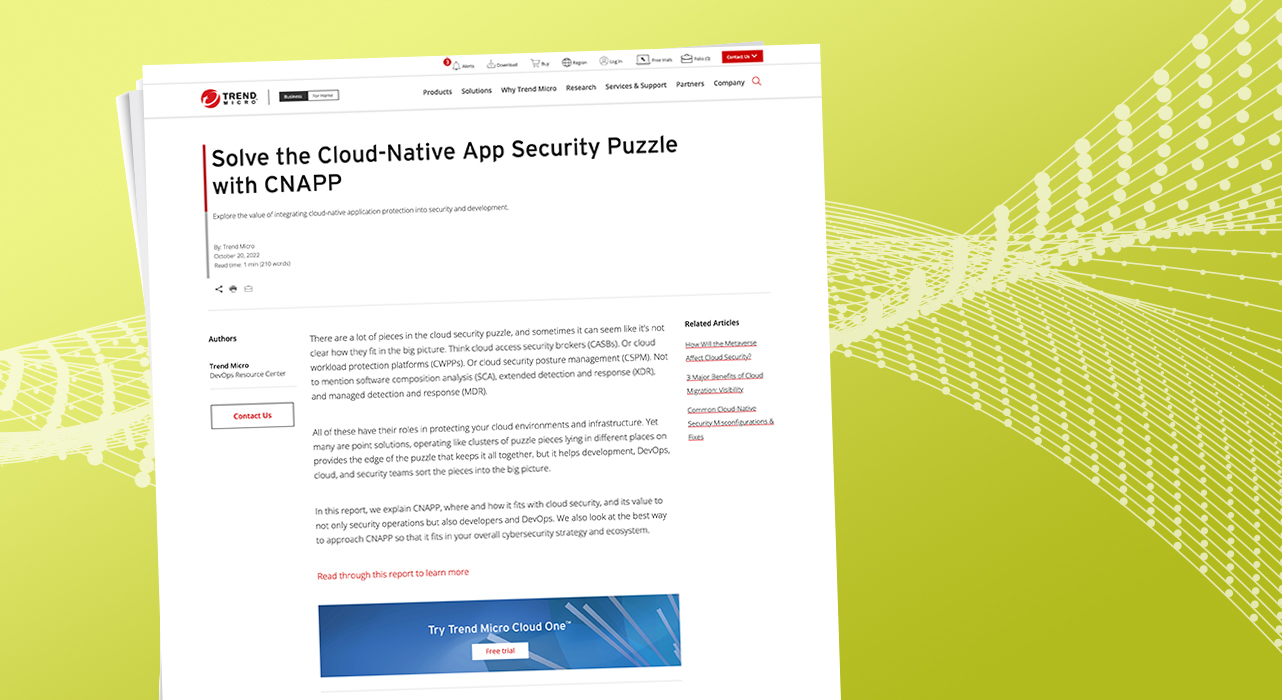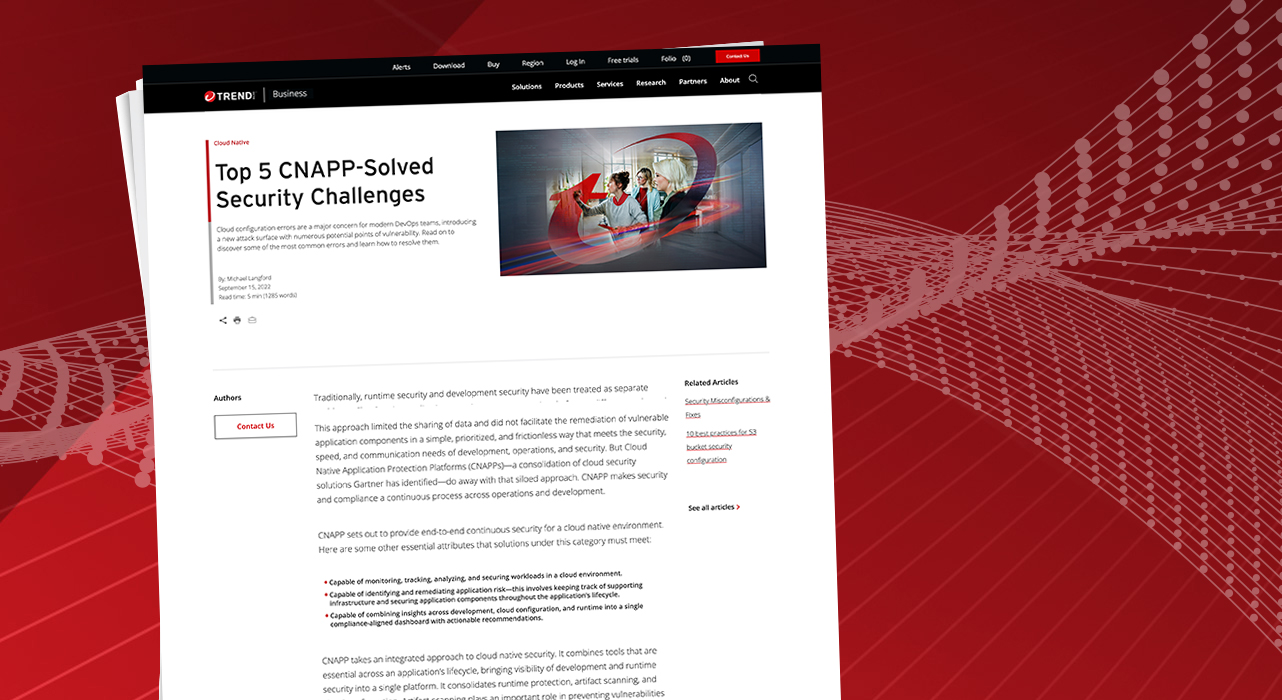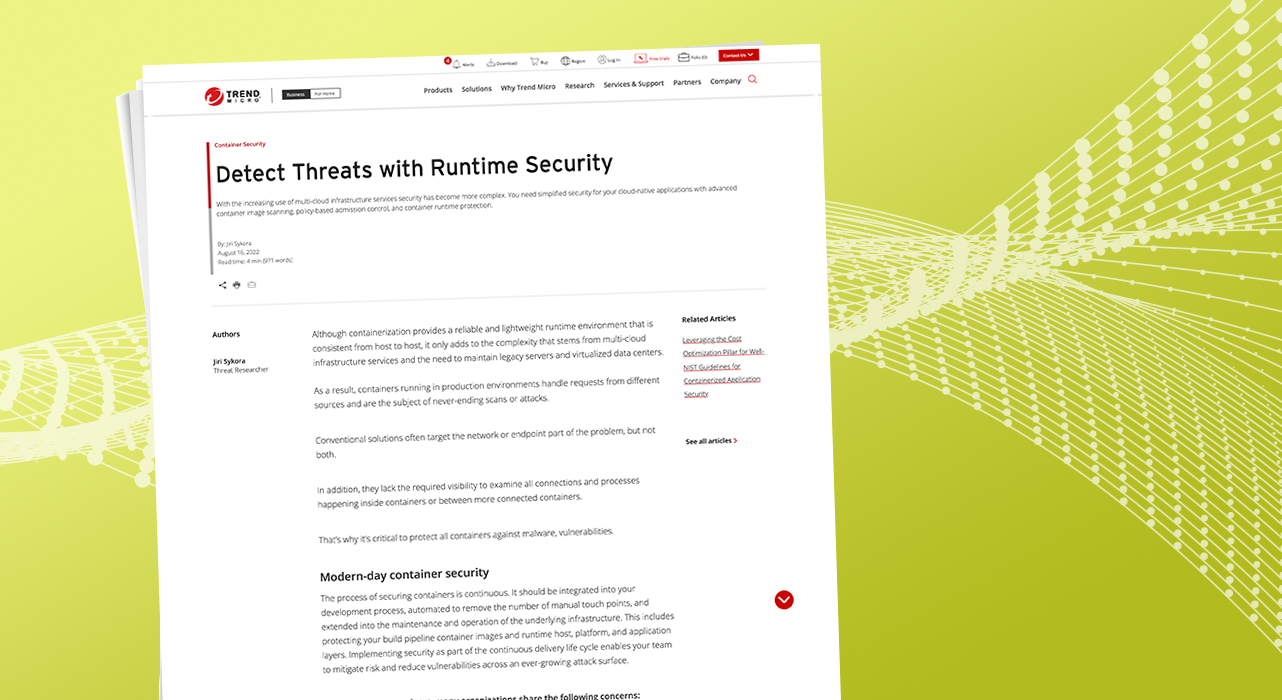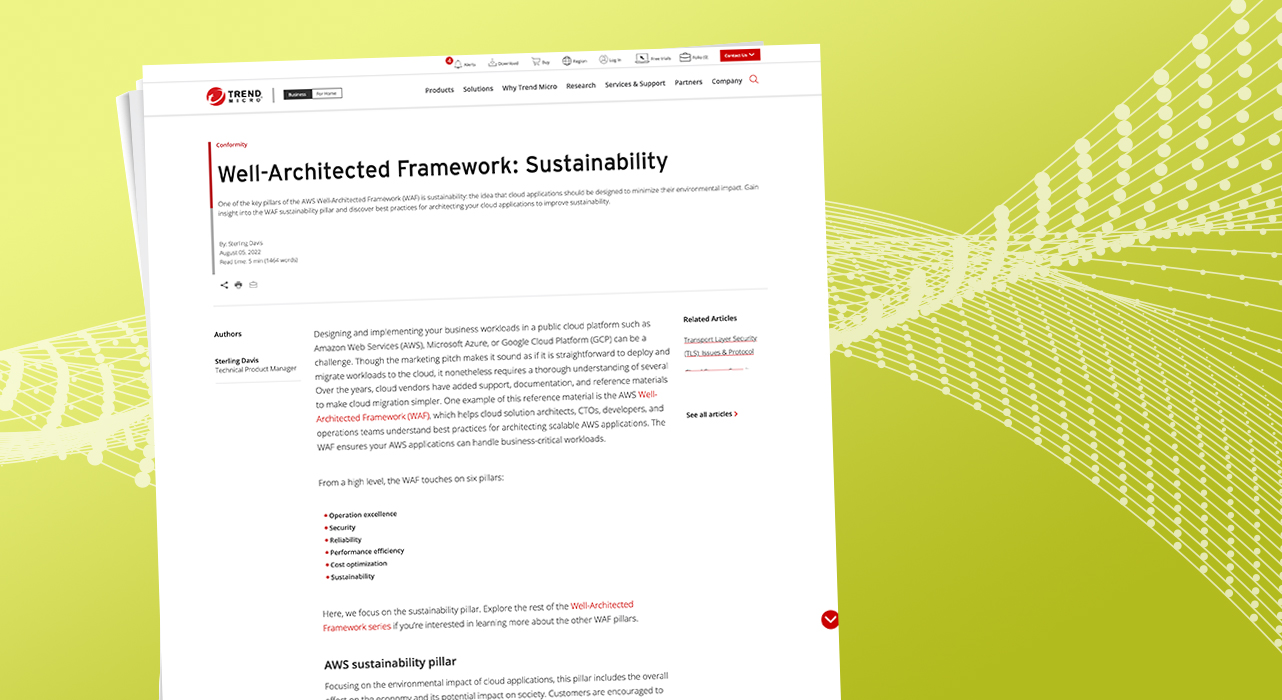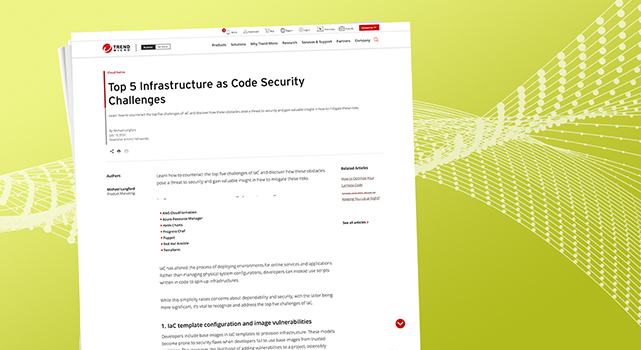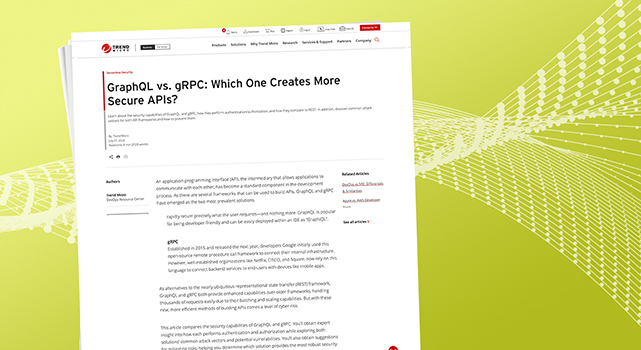MLOps Security Best practices
You must build, deploy, and maintain machine learning (ML) systems reliably and efficiently. You can do this using the process of MLOps, which is a combination of DevOps, data engineering, and ML techniques. MLOps provides a systematic approach to evaluating and monitoring ML models. MLOps is concerned with the lifecycle management of ML projects. This involves training, deploying, and maintaining machine learning models to ensure efficiency. Security is an essential component of all MLOps lifecycle…
Read More
